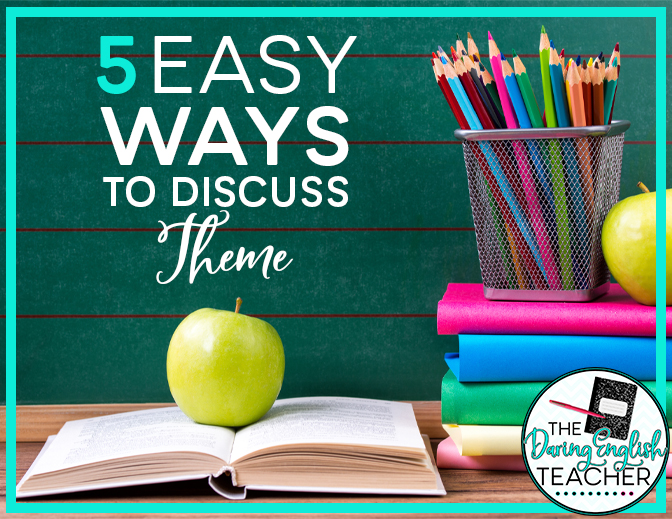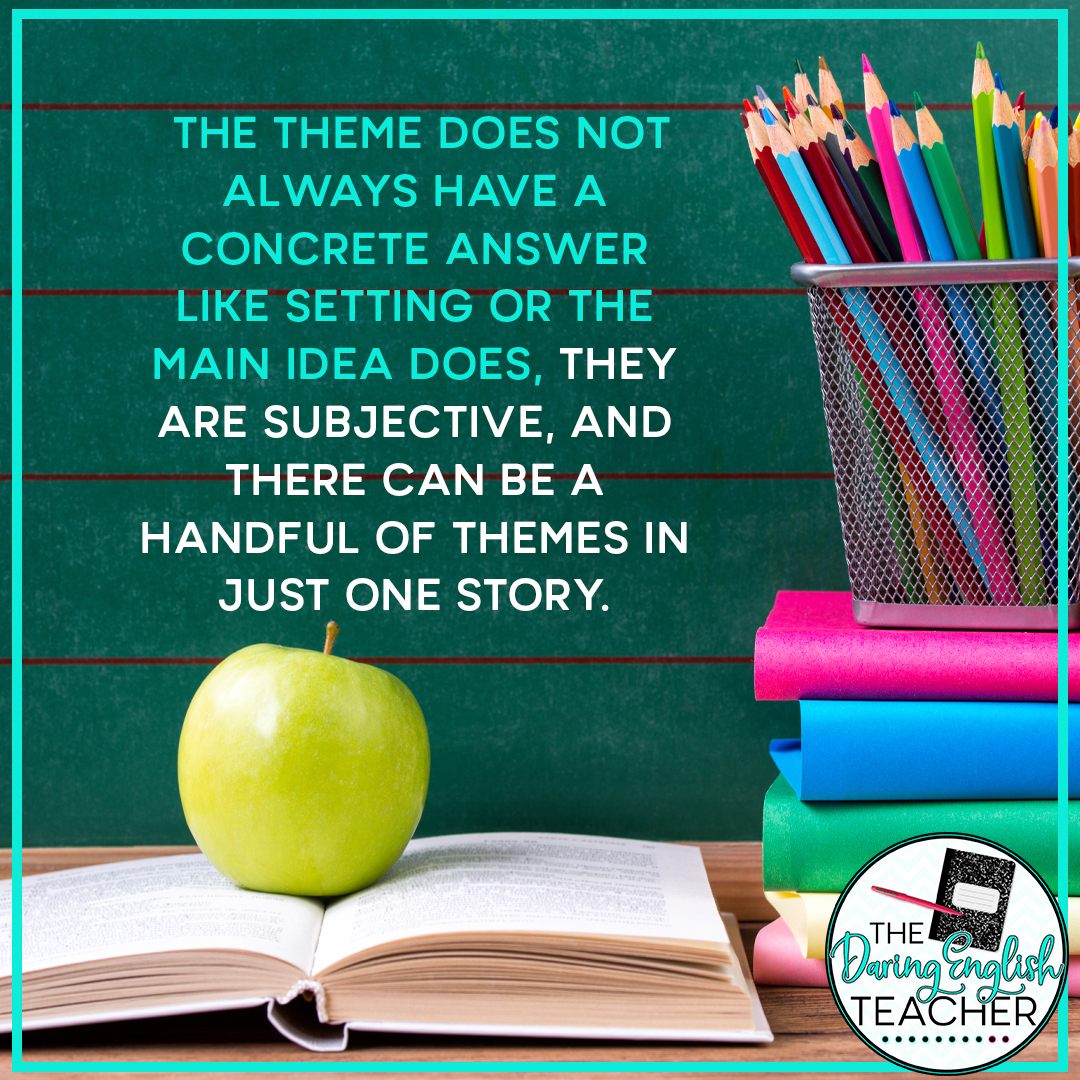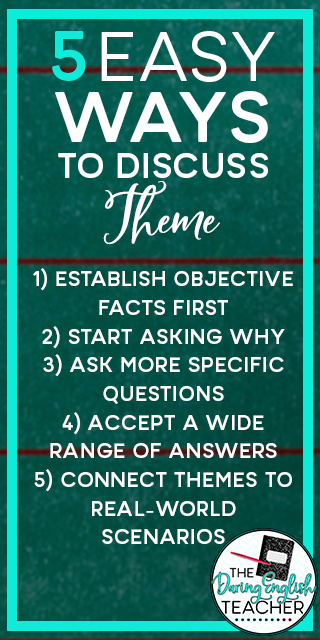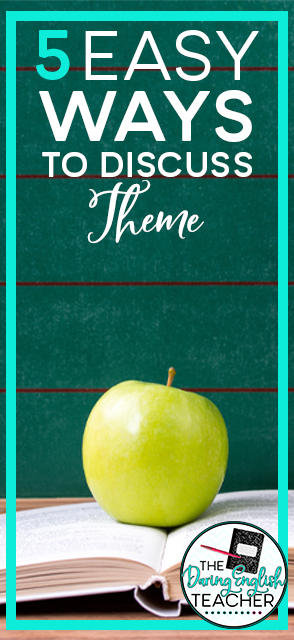When doing literary analysis with your students, the theme of the story can be one of the most challenging parts to discuss. The theme does not always have a concrete answer like the setting or the main idea does. The theme is subjective, and there can be a handful of themes in just one story. Furthermore, students should know the difference between theme and main idea or motif. For example, a theme should be more than one word. It should be a statement that can apply to many people. So, how do we go about discussing themes in the classroom? The following are some ways you and your students can effectively examine the themes of the stories together.
Establish Objective Facts First
To make your students begin thinking more about the theme, you need to make sure they have the essential elements down first. Knowing the who (characters), what (main idea), and where (setting) are important for students to start with before moving onto harder literary analysis like theme. For example, if your class is reading The Giver, the main idea of the story could be, “Jonas is chosen to be the Receiver of Memories, but he decides to leave his community and therefore gives all of the memories he received back to the people in the community.”
Start Asking Why
After finding one of the main ideas for a story, ask your students why. Using the example from number 1, when asked why he did this, some students may answer, “So he could save Gabriel” or “So he didn’t have to be the Receiver of Memories anymore.” Continue asking why until you can boil their answers down to a theme like, “Both good and bad memories are a significant part of human life” or “The freedom to make individual choices are important, regardless of the consequences of those choices.” Students will be able to use this method when identifying the theme on their own later on. This also gives students the structure they need to be able to analyze literature without your assistance.
Ask More Specific Questions
If your students are struggling with just asking why, try asking more specific questions that will get them thinking about the theme. For The Giver, you could ask, “Should Jonas leave the community and give the memories he has to the people?” or “What kind of choices do Jonas and the people in his community have?” Though these questions are easier to answer than just why, you can still use more specific questions to guide students to the theme of the story without outright giving them the answer.
Accept a Wide Range of Answers
Theme is subjective rather than objective like main idea or setting, so there can be more than one answer to what the theme of a story is. Of course, there are others, but it all depends on what lesson you learned after reading the novel. A good exercise for your students, then, would be to have them think about what lesson they learned at the end of the novel. Have them think about what knowledge the author is trying to impart on the audience and even how this information can be applied to their own lives. Then share these responses with the class so they can put them all together.
Connect Themes to Real-World Scenarios
Books like The Giver, give wonderful themes that can easily be translated into real-world lessons. For example, the theme of “the importance of individuality” is a perfect theme to utilize when discussing freedom of choice. Instead of asking why is being an individual important, alternatively, you can give students a scenario in which they can debate this theme. For example, you could ask the students how they feel about school uniforms, “Should they be made to wear them to create a more harmonious learning environment or should they be allowed to express themselves with clothing they choose?”
Resources for Teaching Literary Analysis:





